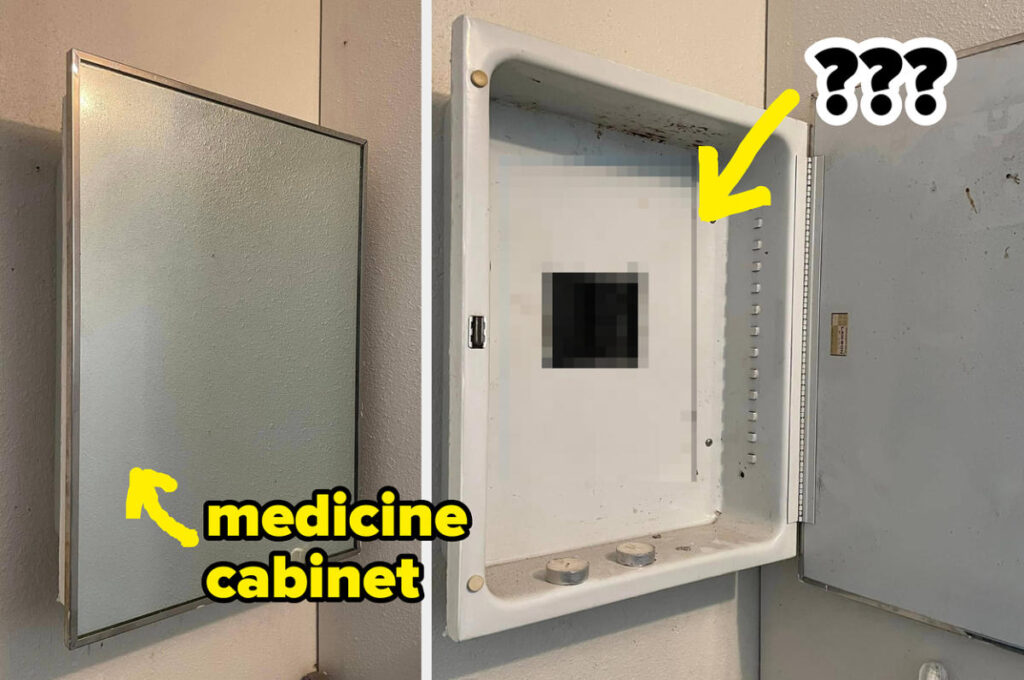In the era of accessible DIY content, homeowners are increasingly taking on home repairs and renovations themselves. This enthusiasm for do-it-yourself projects reflects a growing trend where people feel capable of managing their living spaces without professional assistance. However, while DIY can lead to successful and personalized home improvements, it also opens the door to potential disasters. The line between a creative endeavor and a catastrophic failure can be surprisingly thin, and in some cases, professional involvement does not guarantee success. The following examples highlight 21 design fails that exemplify just how misguided some home improvements can be.
Several designs featured in these examples evoke a mix of amusement and disbelief. For example, certain designs result in impractical entrances or awkward spaces, such as a staircase blocking access to a kitchen countertop or a toilet positioned in a way that complicates its use. These installations elicit immediate questions about usability, with some appearing to disregard basic principles of functionality and comfort. In many cases, the creativity seems to overshadow the practicality, leaving homeowners with spaces that are not only ineffective but also questionable in terms of safety and accessibility.
Among the more outrageous examples are installations that introduce unusual risk factors, such as short balusters on a staircase remedied by the addition of wooden blocks. This “solution” not only fails to meet safety standards but poses a significant risk for children and pets. Likewise, some spaces seem designed to provoke anxiety, like an entryway that leads directly to a toilet viewable by anyone entering the room. Such design choices raise concerns about privacy and comfort, prompting one to wonder about the planning—or lack thereof—that went into these projects.
Some designs take practicality to a whole new level, with features like a built-in “adrenaline rush,” which could be interpreted as a staircase leading to an unexpected drop or a precarious ledge. Such elements create an experience that is more anxiety-inducing than welcoming, proving that not all innovations result in improvement. Additionally, while some might find charm in quirky design elements that incorporate stairs or unusual objects within living spaces, it’s paramount that these features do not interfere with daily living. These whimsical attempts can lead to frustration and confusion, particularly if they compromise usability.
Another intriguing aspect is how these failures reflect a certain ‘creativity,’ particularly in urban settings like New York City, where space is at a premium. Homeowners often find unconventional solutions to maximize their available area, which sometimes leads to bizarre, yet ingenious, design experiments. However, these creative responses can spiral out of control, resulting in features that leave guests perplexed or uncomfortable. The balance between artistic expression and functional design is fragile, and in many of these examples, it tips decidedly towards chaos.
In conclusion, while the allure of DIY projects can be strong and even rewarding, it is critical to approach home design with both creativity and practicality in mind. These 21 design fails serve as entertaining reminders of what can go wrong when enthusiasm overrides thoughtfulness and planning. Homeowners should take heed of these cautionary tales, ensuring that while they seek to enhance their spaces, they do so with a firm understanding of safety, functionality, and comfort. Doing so not only fosters a beautiful and personal home but also avoids the catastrophes that these unfortunate examples depict.

